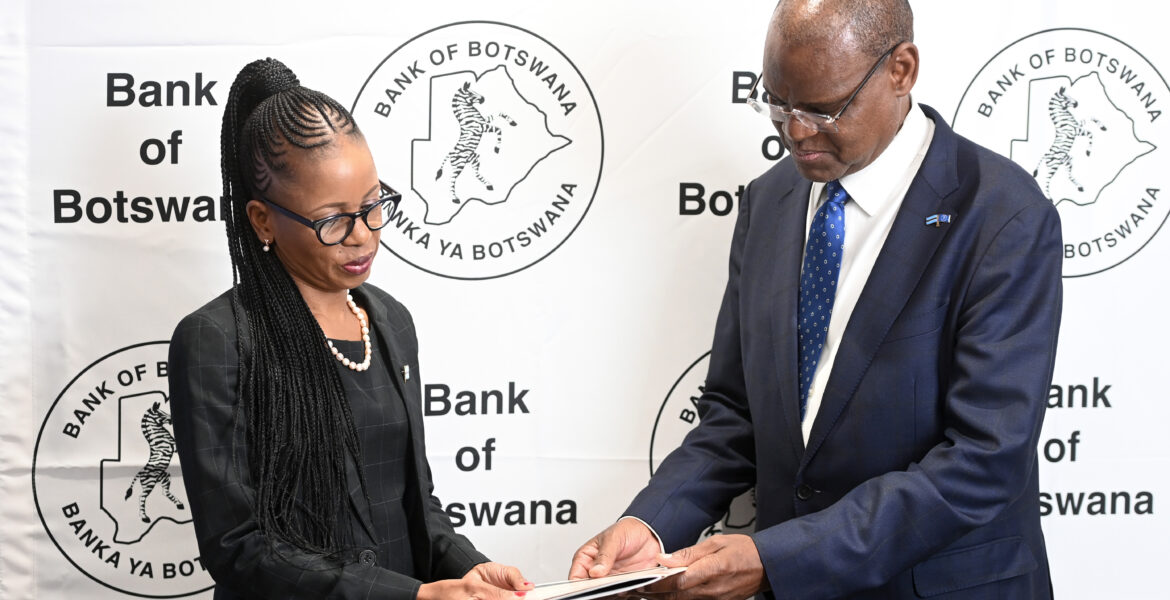- Reflects BoB’s policy tightening in Q2 and Q3
- Low credit growth affected personal loan and mortgages
GAZETTE REPORTER
Households, annual credit growth decelerated from 6.4 percent in 2021 to 4.8 percent in 2022, the Bank of Botswana (BoB) says in its Monetary Policy Statement (MPS) for 2023.
The MPS is published at the beginning of the year to inform stakeholders about the framework for the formulation and implementation of monetary policy by the BoB.
Impact on inflation
In this regard, the Bank, through the MPS, reviews inflation trends and policy performance and articulates the policy choices for the ensuing year.
The 2023 MPS, therefore, reports on the previous year’s economic and policy developments and evaluates the determinants of changes in the level of prices and their impact on inflation in Botswana.
The MPS notes that the lower credit growth was mainly attributable to the slower rate of increase in personal unsecured lending and property loans during the period under review, a possible reflection of the effects of the policy tightening in the second and third quarters of 2022 by the Bank of Botswana, which had a dampening effect on demand.
“Banks also likely restricted credit supply in an attempt to guard against increase in default rates as the cost of credit becomes expensive,” reads the MPS.
“The share of mortgages in total household credit decreased from 23.1 percent to 22.3 percent in the same period …. the growth rate for credit extended to motor vehicle and for credit card balances was higher in the same period.”
Loan uptake by businesses
Additionally, the MPS shows that annual growth in commercial bank credit accelerated to 6.2 percent in 2022, from 5.1 percent in 2021. “The faster growth in commercial bank credit was, in part, associated with the increase in loan uptake by businesses in the period under review, as the economy opened, following the end of the State of Public Emergency in September 2021,” the MPS indicates.
Furthermore, the MPS reads that credit to businesses excluding parastatals increased by 9.2 percent during 2022, compared to an annual expansion of 4.1 percent in 2021. “The improvement in the allocation of credit to businesses was in the form of utilization of overdraft facilities and loans extended to some companies in the agriculture, electricity and water, mining, transport and communication, as well as in real estate industries,” says the MPS. “Furthermore, there was increased use of credit facilities by parastatals.”
Deposits
Meanwhile, the MPS shows that the rate of growth of household deposits decreased to 8.4 percent in December 2022, compared to 15.8 percent in December 2021, while business deposits (excluding parastatals) increased by 11.1 percent from 3 percent during the same period.
“Overall, total deposits at commercial banks increased by 7.8 percent, compared to 4.7 percent growth in the prior year,” reads the MPS.
“Given the slower increase in bank lending than the increase in bank deposits, the financial intermediation ratio slightly decreased from 81.7 percent in December 2021 to 80.5 percent in December 2022, signaling the underutilisation of deposits as borrowing costs were elevated following monetary policy tightening by the Bank and in an environment of subdued economic activity.”

